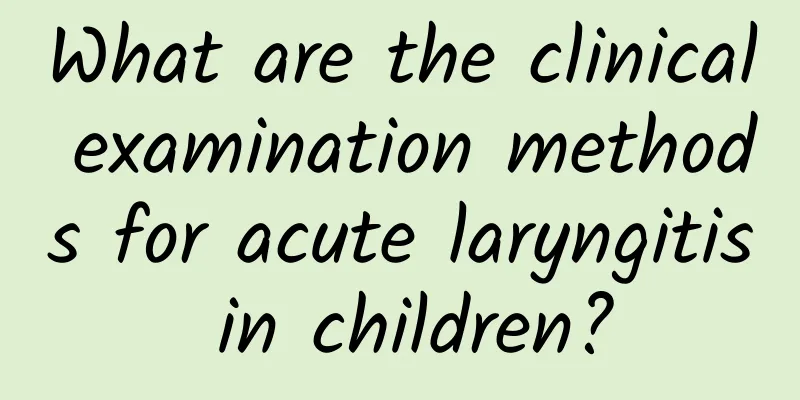Why do newborns have physiological jaundice?

|
The symptoms of jaundice are yellowing of the skin and sclera (commonly known as the white of the eye). Generally speaking, jaundice indicates the presence of a disease, so why is it called physiological jaundice? Physiological jaundice occurs at a specific age and under specific circumstances, that is, within the first 2 to 10 days after birth. Full-term newborns develop jaundice about 2 to 3 days after birth, and the jaundice is most obvious at 4 to 6 days. Most of them disappear within 7 to 10 days after birth. If it is a premature baby, jaundice can disappear as late as 2 to 3 weeks after birth. During the stage of jaundice, the general condition of the newborn is good, such as loud crying, strong sucking of breast milk, free movement of limbs, and yellow stool. If a blood test for bilirubin is performed, the value does not exceed 205.2 micromoles/liter. If the occurrence of jaundice does not meet the above conditions, it cannot be called physiological jaundice. Jaundice may be caused by a disease and you should go to the hospital for further examination in time. Why do newborns develop physiological jaundice? When the fetus is in the womb, the oxygen in the mother's blood diffuses into the fetus's red blood cells, which then carry the oxygen to all parts of the fetus' body. Therefore, the red blood cell count in the fetal blood is as high as (6-7)×1012/L [for normal children it is (4-5)×1012/L]. When the fetus is delivered and leaves the mother's body to breathe independently, it no longer needs so many red blood cells. In addition, the life span of red blood cells in the fetus is relatively short, so a large number of red blood cells are destroyed, and the metabolic product of red blood cells, bilirubin, accumulates in large quantities. Bilirubin needs to be "processed" by the liver, and the liver function of newborns is poor, resulting in the phenomenon of "too much raw materials and insufficient processing capacity" in the factory. The excess of free bilirubin manifests as jaundice. As the age increases and the liver function matures, bilirubin is gradually "processed" by the liver, and jaundice gradually decreases and finally disappears. |
<<: How to check for hemorrhagic jaundice
>>: What changes will the baby's jaundice index have at two months?
Recommend
Treatment of acute mumps in children
Acute mumps in children requires comprehensive tr...
What medicine is most effective for mumps?
What medicine is the most effective for mumps? In...
What to do if a newborn baby has a rash How to provide daily care for a newborn baby with a rash
Neonatal rashes can be treated with topical medic...
What medicine can children take for cough
What is gray matter? Children with cough can take...
What food is good for babies with coughs? Can eating garlic relieve symptoms of babies with coughs?
When parents find that their children have coughi...
What medicine is usually used for breast milk diarrhea
What medicine is generally used for breast milk d...
What tests should be done for mumps
Mumps is a disease that is not unfamiliar to ever...
Kidney disease treatment in children
Kidney disease is a clinical syndrome caused by m...
What should I do if my baby has a lot of phlegm when coughing? What are the treatments for my baby's cough and phlegm?
When babies cough and have a lot of phlegm, it is...
How to relieve pneumonia cough in children
Pneumonia cough in children is mainly an inflamma...
Is there a difference between pneumonia and pneumonia in children?
Is there a difference between childhood pneumonia...
What medicine is good for mumps?
What medicine is good for mumps? After the onset ...
Differential diagnosis of poliomyelitis
Although the incidence of diseases like polio is ...
How to prevent acute laryngitis in children in daily life
How to prevent acute laryngitis in children in li...
What should not be eaten for pseudo-jaundice?
Pseudo-jaundice refers to carotenemia, and dietar...









